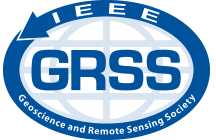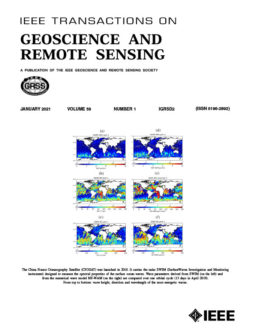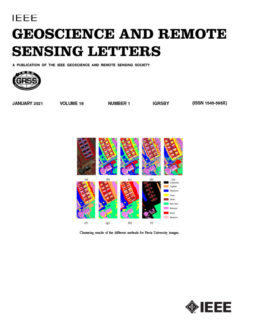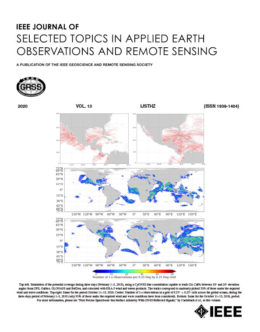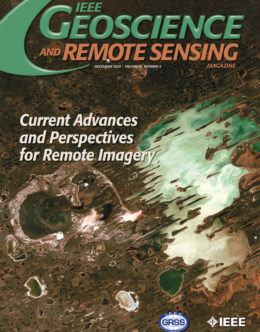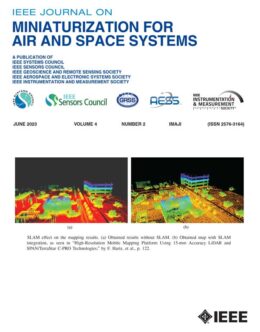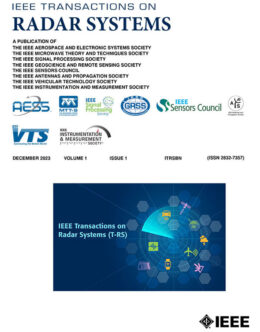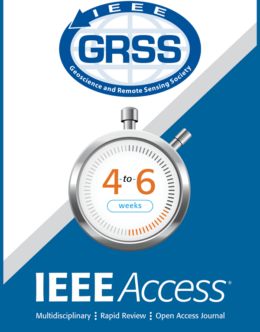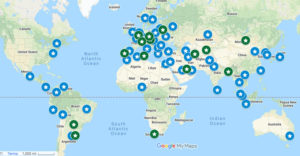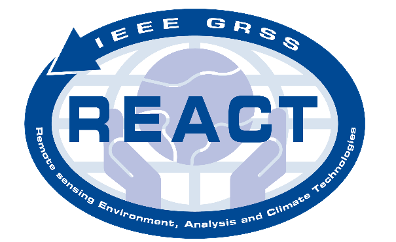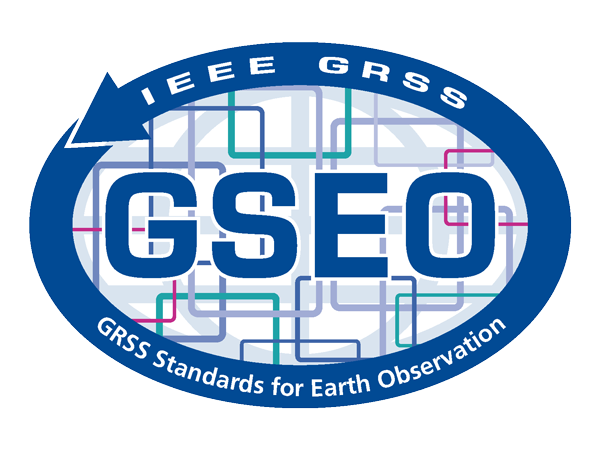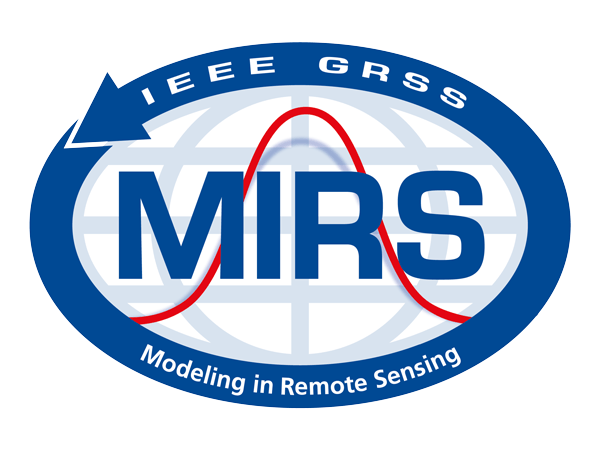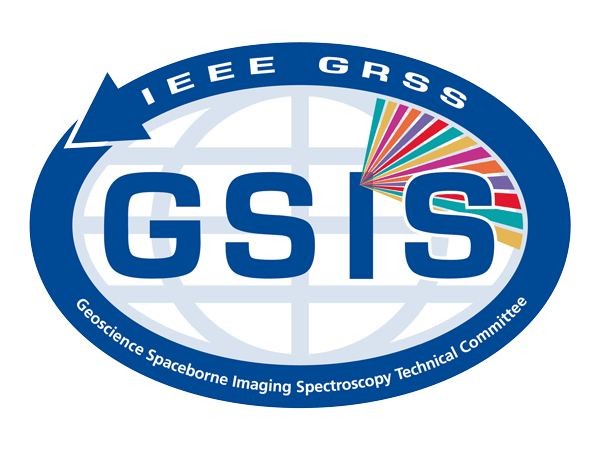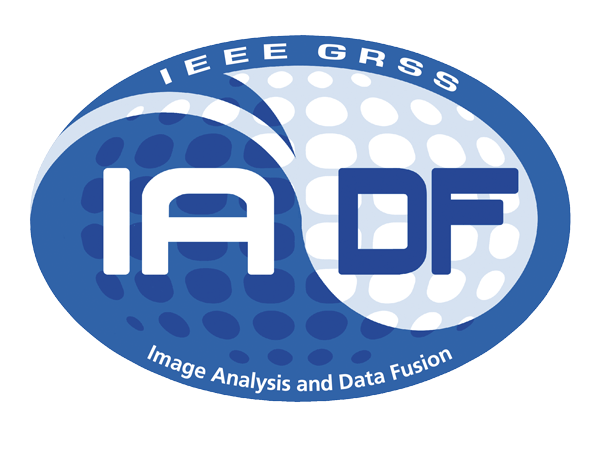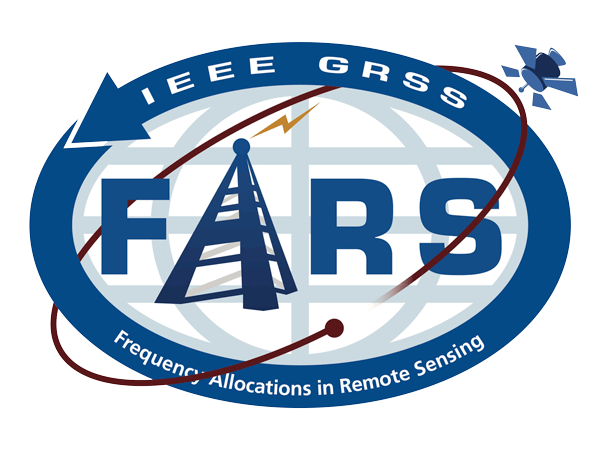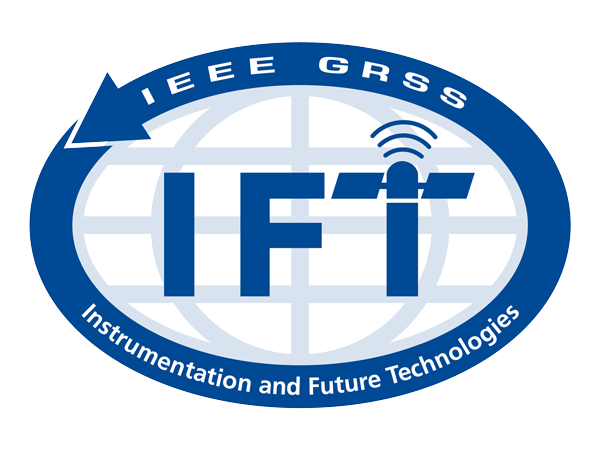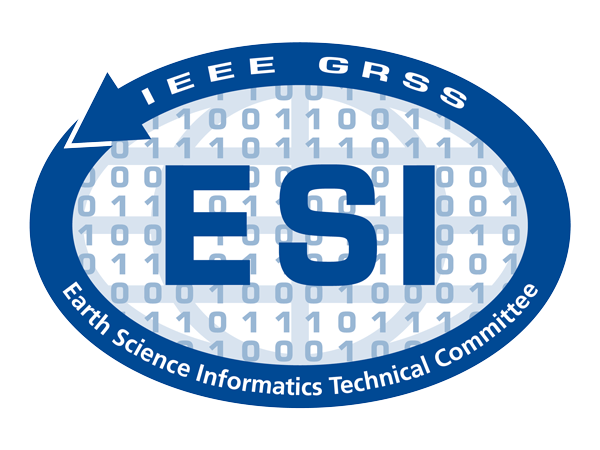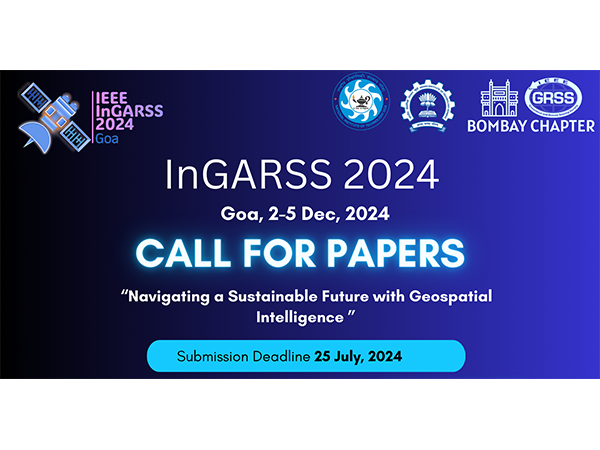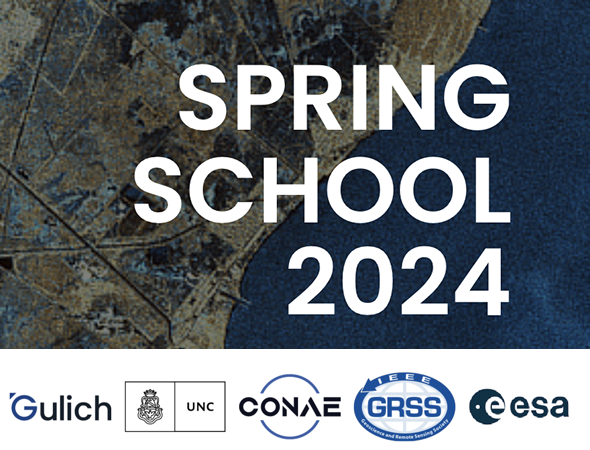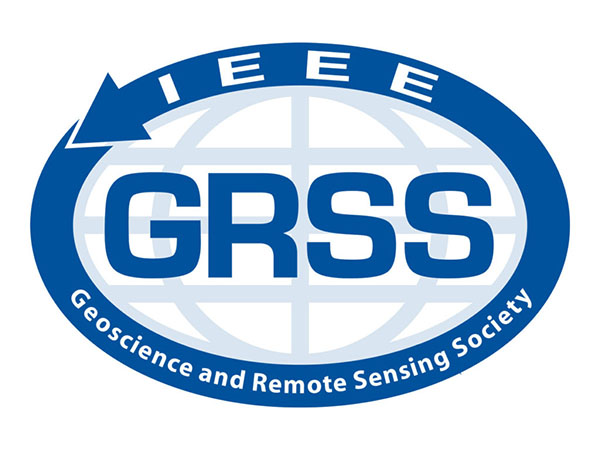A New Standard for a New Era in Space
IEEE 4003™–2021 paves the way to unified data & metadata content from diverse satellite constellations
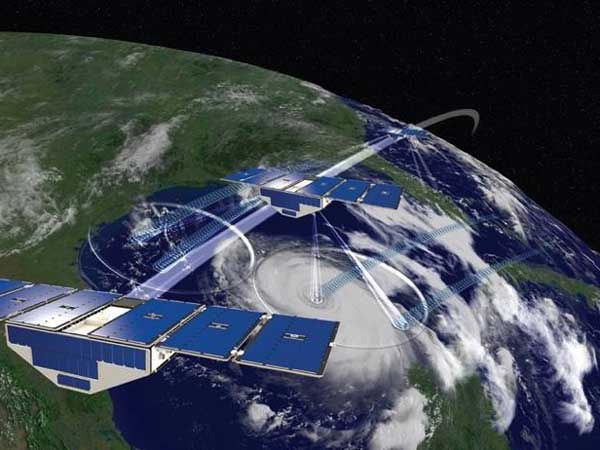
The mapping applications on our smartphones and in our cars rely on signals from a constellation of navigation satellites to pinpoint our location. When these signals are reflected back into space, they are imprinted with data about the Earth’s surface features and conditions.
The distortions and delays of the reflected signal paths can be used to gain valuable insights about the Earth’s surface, meaning that the constellation could be used to monitor such things as moving objects, the heights of surface features, wind speed/direction, humidity, and other many other kinds of surface-related data.
This opens up the possibility to use that data in a growing number of diverse applications, such as weather forecasting, scientific research, transportation, innovative commercial applications, agriculture and others, which will provide added value to these constellations in the near-term.
However, currently there isn’t a universal way to do that because the many different satellite navigation constellations in use around the world use a mix of data processing techniques, instruments and retrieval algorithms to perform their missions. The heterogeneous nature of these signals, as well as diverse working methodologies, require a global standard to bring about a viable, operational Earth observation technique.
The IEEE Standards Association (IEEE SA) recently published a new standard, IEEE 4003™ – 2021, IEEE Standard for Spaceborne Global Navigation Satellite System-Reflectometry (GNSS-R) Data and Metadata Content, which provides a uniform way to configure and manage data and metadata content from these reflected signals.
